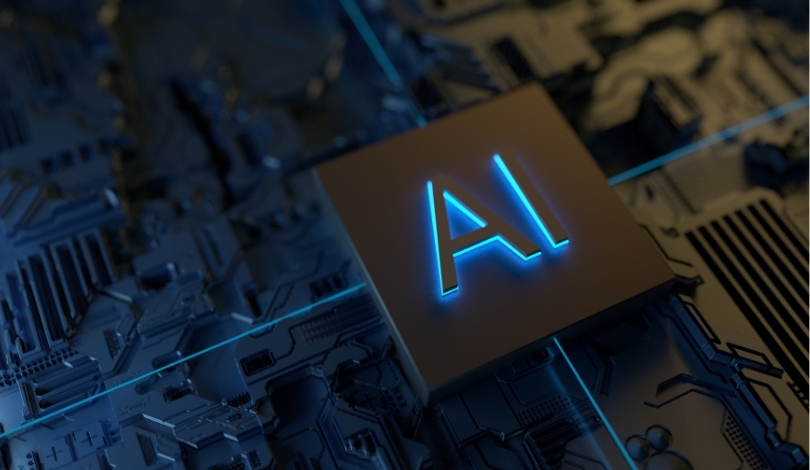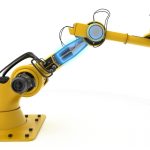OpenAI, a leading artificial intelligence company valued at $150 billion, is experiencing significant changes in its executive team. Several top leaders, including Chief Technology Officer Mira Murati, Chief Research Officer Bob McGrew, and Vice President of Research Barret Zoph, have recently announced their departures. This wave of resignations highlights internal challenges within the company, even as its revenue and market value continue to rise. The departures are part of a larger trend of OpenAI employees moving to rival AI firms and startups, reflecting the intense competition in the artificial intelligence industry. Additionally, OpenAI has seen some former employees return, such as Kyle Kosic, who rejoined after a stint at Elon Musk’s xAI.
In recent years, OpenAI has maintained a prominent position in the AI sector, but the current exodus of executives marks a significant shift. Comparatively, past leadership changes at OpenAI have been less turbulent, with fewer top executives leaving simultaneously. This current trend suggests increasing pressure and competitive dynamics within the company and the broader AI industry. The return of former employees like Kosic indicates that talent mobility between AI companies remains high, contributing to a dynamic and rapidly evolving landscape.
Key Executives Departing OpenAI
Among the notable departures, Andrej Karpathy, a founding member and research scientist, has left OpenAI twice, most recently to focus on personal projects through his new startup, Eureka Labs. Ilya Sutskever, Chief Scientist and co-head of the super alignment team, also exited to pursue a venture aimed at developing safe artificial general intelligence. Jan Leike, co-head of the super alignment team, followed suit, moving to Anthropic to continue his work in AI alignment. John Schulman, head of alignment science, and Peter Deng, Vice President of Consumer Product, have similarly left OpenAI to explore new opportunities in the field.
Statements from Departing Leaders
“I’m stepping away because I want to create the time and space to do my own exploration,”
said Mira Murati upon her resignation. John Schulman added, “This choice stems from my desire to deepen my focus on A.I. alignment and to start a new chapter of my career…” These statements reflect the executives’ intentions to pursue personal and professional growth outside of OpenAI.
Impact on OpenAI’s Future
The departure of key leaders like Murati and McGrew poses challenges for OpenAI’s ongoing projects and strategic direction. Greg Brockman, the company’s president, is taking a sabbatical until the end of 2024, signaling a temporary leadership gap. Sam Altman, the CEO, remains one of the few original founding members, emphasizing that the company is navigating an unconventional path amid these changes. The loss of experienced executives may affect OpenAI’s ability to maintain its competitive edge and innovate effectively in the fast-paced AI industry.
Looking ahead, OpenAI will need to address the leadership void and ensure a smooth transition to sustain its growth and advancements in artificial intelligence. The company’s ability to retain and attract top talent will be crucial in maintaining its position in the market and continuing its mission to develop safe and advanced AI technologies.
These leadership changes at OpenAI underscore the volatile nature of the AI industry, where talent frequently shifts between companies seeking to leverage cutting-edge technology. OpenAI’s challenge will be to stabilize its executive team and foster an environment that supports both innovation and the retention of key personnel.
OpenAI is undergoing significant leadership changes as several top executives depart to pursue new opportunities in the competitive AI industry. These departures highlight internal challenges and the dynamic nature of the artificial intelligence sector, requiring OpenAI to adapt and strengthen its leadership to maintain its market position.
- OpenAI’s leadership team sees multiple high-level departures.
- Executives leave for personal projects and rival AI companies.
- Company faces challenges in maintaining its competitive edge.










